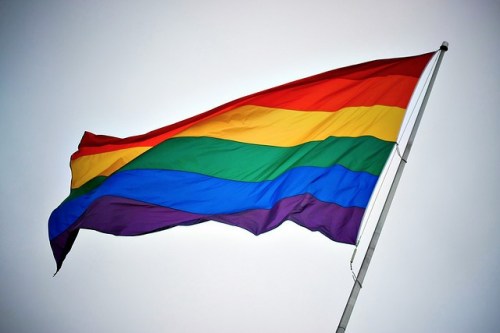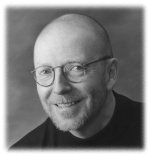The following article is reprinted with the kind permission of Personal Historian, Sally Goldin. She is a member of the Association of Personal Historians and can be contacted here.
_______________________________________________________
As a lesbian mother and personal historian, I’ve been thinking about the issue of LGBT invisibility in regards to preserving life stories.
Even though LGBT issues have become more visible and acceptable in this society, there are still situations where you can be fired, harassed, or physically attacked for being an LGBT person. I was clearly reminded of this because of the harassment and discrimination a teacher friend of mine experienced in the Houston Independent School District. In this YouTube presentation to the Board of the H. I. S. D. he describes the harassment he encountered. (The picture clears up at 30seconds). This is a person who had previously been named Teacher of the Year twice in 5 years.
I wonder how many of us are aware of the language we use, both on an everyday basis, and in presentations about personal history? You cannot tell if someone is lesbian or gay by looking at them. (Well, maybe sometimes you can, but not always . . .) Therefore, we have to be conscious of the words we use in conversation, and make an effort to be inclusive in our communications.
For example, a simple question such as, “Are you married?” might be difficult for a lesbian or gay man to answer, depending on where they live. I live in San Francisco. I would not be allowed to marry a romantic partner.
During an interview with a woman, without thinking, you might ask, “Do you remember your first date? What was he like?” It would be more appropriate to say, “Do you remember your first date? What was the person like?
If you are getting to know someone, ask about a “sweetheart” or “special someone” instead of a boyfriend (for a female) and girlfriend (for a male).
Do you offer a family tree as part of your services? If so, how do you incorporate into that tree a child who has 2 moms or 2 dads? My son is now 25 years old and his family tree would include his 2 moms, his donor father, a half sister and a half brother with the same “donor dad”, 3 other unknown half-siblings, my ex-partner’s wife who has known him since he was 10 years old, and 3 sets of grandparents (from his 2 moms and his
father). Whew!
When talking to a group about personal history, remember to use the term “family” or “parents” as opposed to “Mom and Dad”.
Don’t assume that if a family is Hispanic or African American (or some other non-white ethnicity), they would not have lesbian or gay family members.
I am grateful and proud to be a member of the Association of Personal Historians, an organization that strives to be inclusive and diverse, and where I do not have to hide all of who I am from the membership.
Photo by Charlie Nguyen
If you enjoyed this post, get free updates by email.





